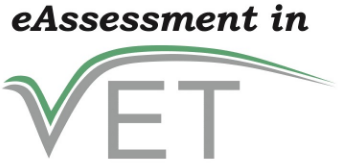Design for eAssessment
Rubrics are commonly used in designing assessment. Rubrics can be holistic or analytical. Ruth Martin provides examples to explain the difference.
“For example, imagine your students have to create a timeline. In the rubric you create to evaluate it, you’ll need to define which aspects will be assessed (e.g., presentation, spelling, resources used, etc.) and the different levels of achievement.
These levels of achievement can also be called assessment indicators. They can take the form of traditional school grades (A, B, C, etc.), or you can use terms such as excellent, good work, could be better, etc. This is an analytical rubric.”
A lot of the interest in rubrics is because they are seen as making assessment (and particularly grading) more objective and transparent. But rubrics can help to select and plan approaches to using technology for assessment. Jaclyn Doherty explains that Universal Design for Learning principles suggest providing learners with multiple ways to interact with content and show what they’ve learned. “For example, you could provide learners with the choice to create an infographic, a video or a written essay to explain a concept. As long as the learning outcome still aligns with the type of assessment, the approach learners take to get there shouldn’t matter.”
Figure 3. Infographics Assessment Rubric, Jaclyn Doherty, 2020
Jaclyn Doherty’s web page is all about using infographics for assessment and provides a walk through of how to do it. But her assessment rubric (Figure 3, above) shows that this design process can be simple and straightforward. In fact, it may be that the skills and competences to design such simple rubrics is key to using technology for assessment.
Martin R, Assessment rubrics: How to ensure learning success
Jaclyn Doherty (2020) Infographics for Assessment, https://learninginnovation.ca/infographics-for-assessment/
